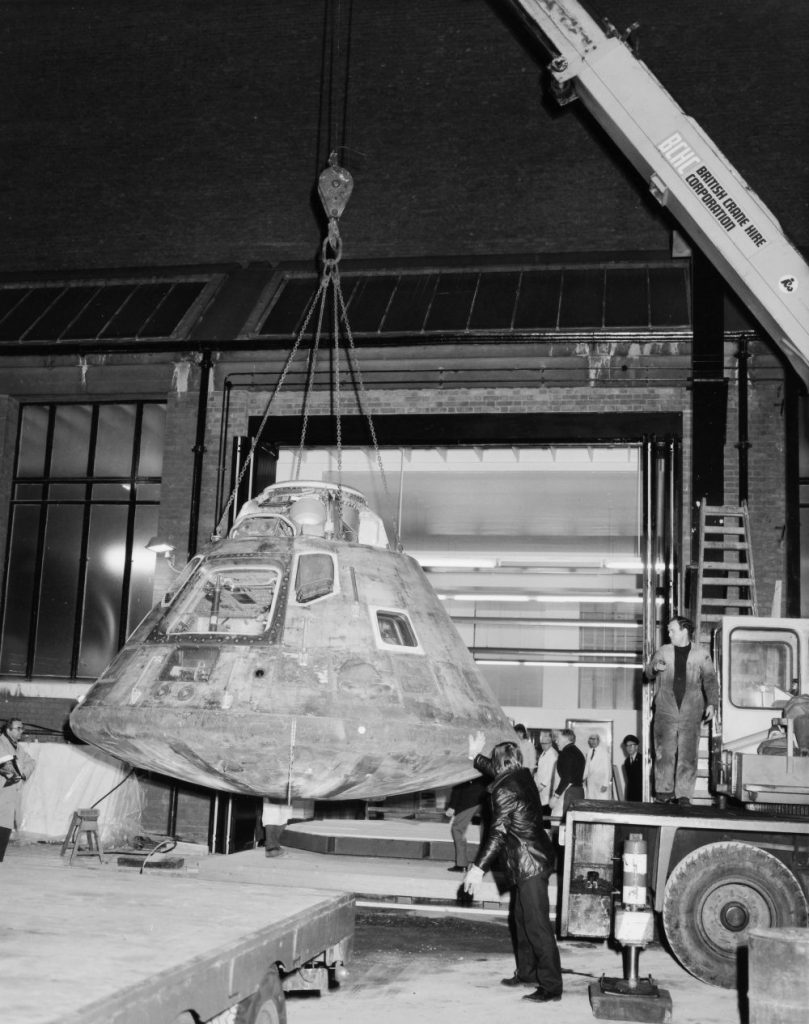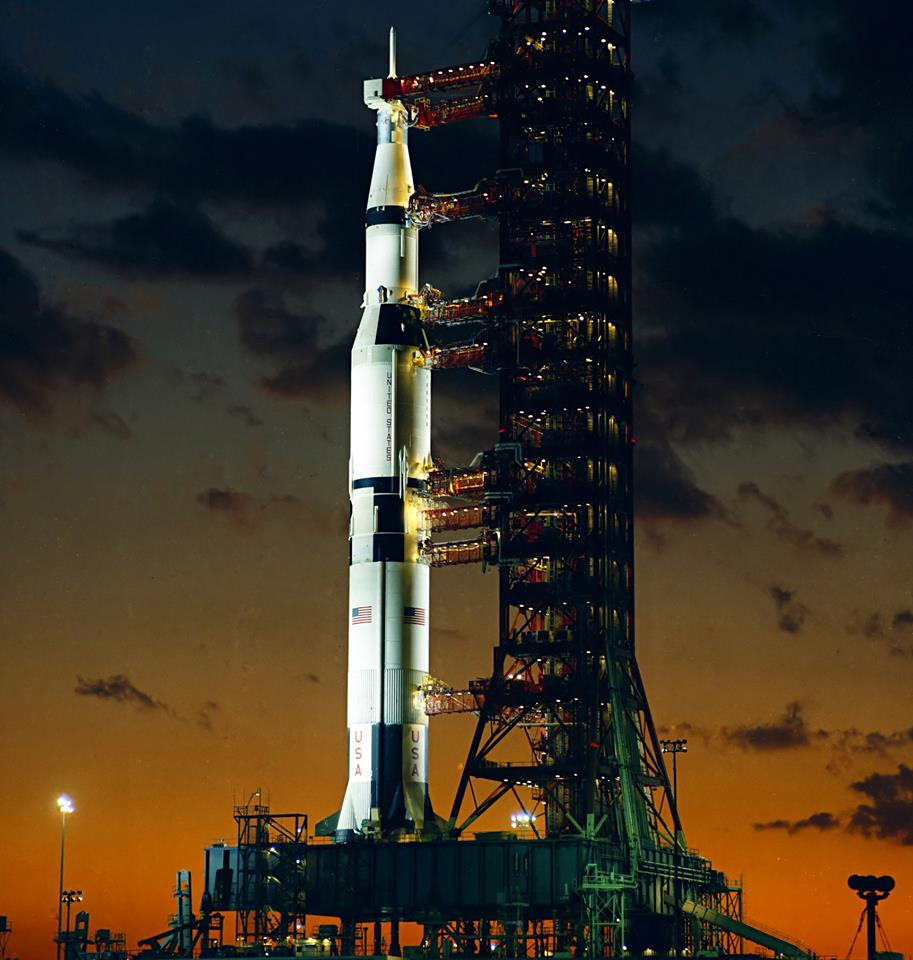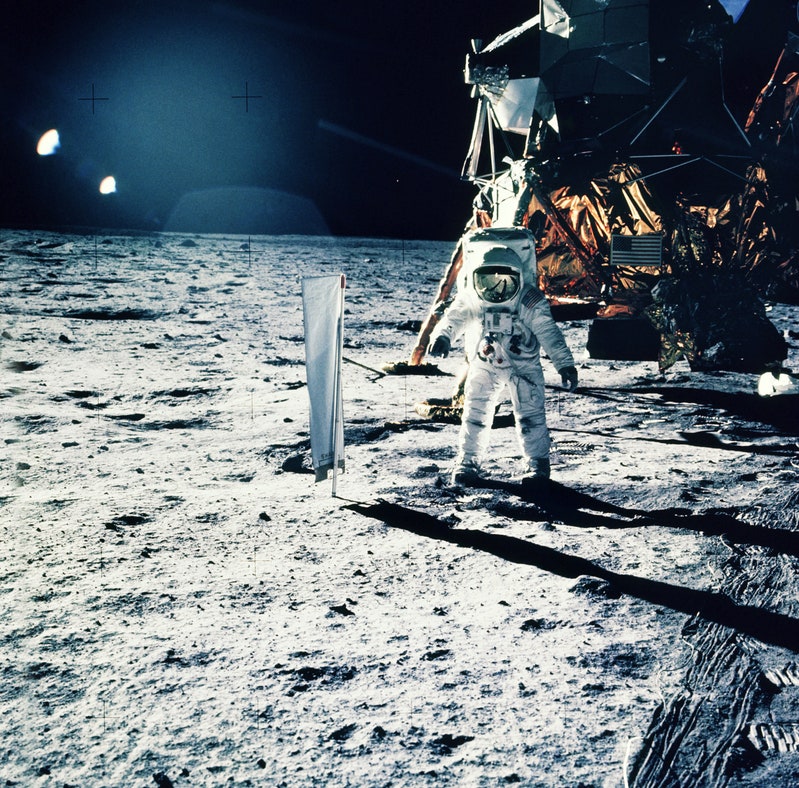Chasing the Moon: The Apollo 10 Exhibit That Soared Beyond Borders
In the vast expanse of space history, one exhibit stands out. It transcends borders and capturing the hearts of millions. The Apollo 10 spacecraft is a symbol of human ingenuity, achievement, and a touch of humor. It has found an unexpected home far from its American roots. Today, we embark on a journey to explore the fascinating tale of the only Apollo spacecraft flown in space that resides beyond the borders of the United States.

Apollo 10: The Trailblazer Beyond Borders
The Apollo 10 spacecraft holds a unique distinction in space exploration. It is the sole Apollo spacecraft flown in space that found its resting place outside the USA for FREE at the Science Museum in London. This historical artifact, with its space worn exterior and a legacy that echoes the bravery of the astronauts who ventured into the cosmos, now resides in a space where cultures and histories intersect.
The Name: Charlie Brown and the Lunar Lander Snoopy
What’s in a name? For the Apollo 10 spacecraft, the names “Charlie Brown” and “Snoopy” add a whimsical touch to an otherwise monumental mission. The lunar module, named “Snoopy,” and the command module, named “Charlie Brown,” were bestowed with these monikers as a nod to the beloved Peanuts characters created by Charles Schulz.
The Lunar Lander “Snoopy” earned its name as it was designed to “snoop around” the lunar surface, serving as a precursor to the actual moon landing missions. Meanwhile, the command module “Charlie Brown” played its part in orchestrating the mission, ensuring the astronauts’ safe journey into space and back to Earth.
Beyond Borders: Apollo 10’s Global Journey
Many historical artifacts find their homes within the borders of the countries that pioneered space exploration. Apollo 10 chose a different trajectory. This spacecraft embarked on a global journey, captivating audiences around the world with its significance. And the tale of two spacefaring friends—Charlie Brown and Snoopy.
Its current residence outside the USA in the Science Museum in London. It serves as a testament to the universality of human achievement and the shared fascination with the cosmos. Visitors from all walks of life can now marvel at the Apollo 10 spacecraft, fostering a global appreciation for the triumphs of space exploration.
A Symbol of Human Ingenuity and Unity
The Apollo 10 exhibit goes beyond being a relic of space history. It has become a symbol of human ingenuity, courage, and the ability to unite people across borders. Its journey from the cosmos to a space where cultures converge highlights the shared fascination with the mysteries of the universe.
As visitors gaze upon the burnt exterior of the spacecraft, they are not just witnessing a piece of metal and technology; they are connecting with a shared human legacy. A legacy that includes laughter, exploration, and the dream of reaching for the stars.
In the end, the Apollo 10 exhibit reminds us that, despite our differences, we are all united under the same moon, sharing the awe-inspiring journey of humanity through the cosmos. The laughter of Charlie Brown and Snoopy echoes through the ages. It transcends borders. It reminding us that, in the grand tapestry of space exploration, we are all explorers of the great unknown.
This is more than an exhibit; it’s a cosmic odyssey that continues to capture the imaginations of millions, sparking a sense of wonder that knows no bounds.
Find More Attractions like Chasing the Moon for FREE
Want an unforgettable journey through the heart of London but with more content and more detail? With “London Unleashed, 20 Free Attractions in London and the 20 Free things to do when you get there” you have a passport to a world of free and fascinating experiences. This Kindle e-book is your ultimate guide to exploring the city’s iconic attractions without breaking the bank.
Kindle Short Read: “London Unleashed” is designed for the modern traveler—concise, informative, and easy to digest. Whether you’re a seasoned explorer or a first-time visitor, this Kindle Short Read promises an enriching and affordable London experience. Pre-Order this E-Book here!

Discovering More Free Attractions
But our savings journey doesn’t end with this. If you’re a savvy traveler, you’re likely hungry for more cost-cutting tips. That’s where NonRevWebsite.com comes in. Navigate to the London section for insights into free attractions. And immerse yourself in the city’s beauty without emptying your pockets.





